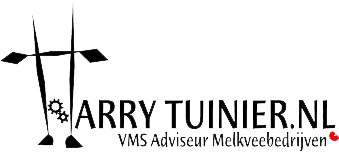Keep the entry and exit gates clean.
Although the VMS has a floor cleaner, it is wise to spray off the corners a few times a day, on the places where the floor cleaner does not keep clean enough.
While you’re doing that, you might as well clean the lower bars of the entrance and exit gates too. Manure crusts builds easily here. That does not look neat, but above all: if you decide, on a rainy day, to give the VMS and space a good cleaning, everything will shine for you again, but also for the cow!
If the difference is too great with compared to before cleaning, many cows will hesitate to quickly enter the VMS again.
By keeping more parts of the VMS clean on a daily basis, after a thorough cleaning the difference will not be so great and will thereby decrease changes in visiting behavior!






